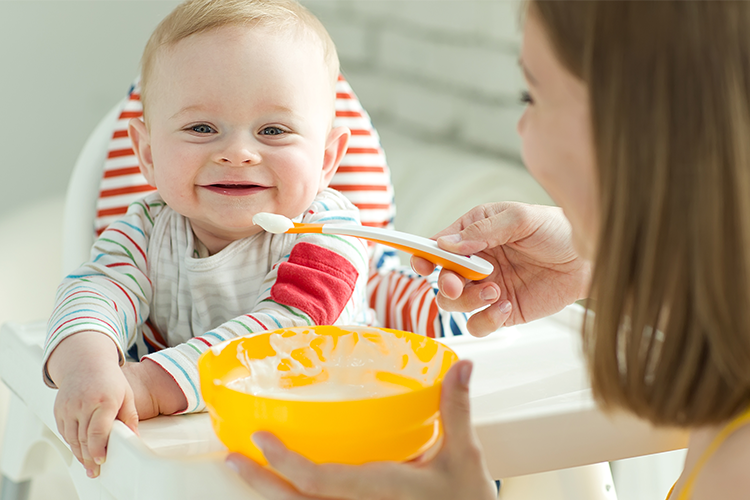Blog
Baby’s sugary snacks
 Perusing the products of the snack aisle for littlies, and cutsie cartoon critters and words like ‘organic’, ‘goodness’ and ‘natural’ are everywhere, appealing to both bub and mum.
Perusing the products of the snack aisle for littlies, and cutsie cartoon critters and words like ‘organic’, ‘goodness’ and ‘natural’ are everywhere, appealing to both bub and mum.
But are these snacks really a great choice for our kids?
Sweet sugar
It is generally recommended that children under the age of 2 consume no added sugar at all.
Yet sugar content is rife in commonly found baby and toddler snack products, as found in a review by CHOICE consumer group, and an article published in 2016 in the journal Nutrition and Dietetics.
This can become a big problem for the kids (and their parents).
Too much sugar encourages bodies and palates to expect intense sweetness from food or drink, making the subtle sweetness of carrots or apples, or the more bitter flavours of vegetables, much harder to tolerate. At this critical time of brain and body development, we would all rather our kids ate more veg and fruit than confectionery or sweetened snack foods!
Keeping that in mind here are some sugar-laden pre-packaged snack standouts:
| Product | Grams of sugar per serve | Teaspoons |
| Heinz Little Kids Wholegrain Cereal Bars Apple and Blueberry | 6 | 1 ½ |
| Rafferty’s Garden Fruit Snack Bar Apple | 6.5 | 1 ½ |
| Bellamy’s Organic
Apple Strawberry & Mango Baby Pinkies |
8 | 2 |
| Whole Kids
Organic Apricot & Manuka Honey Fruit Bars |
13.5 | 3 |
| Kiddylicious
Apple Fruit Wriggles |
7.5 | 1 ¾ |
Sugar content rounded to the nearest 0.5 tsp. 1 tsp = 4.2g sugar
There is no official limit as to how much sugar a snack created for baby’s or toddlers contains. So, it is up to us to discern how much we give them.
Do our kids need this?
We discussed recently if there is the necessity for toddler formula. There is added sugar in these, as with the snack products above, but need we be shaping our children’s palate’s to desiring sweetness?
With implications of dental caries, obesity and even addiction perhaps not.
Read the small print
The call for clear labelling of added sugars is needed more than ever, to inform the buyer, and make manufacturers accountable.
For now, keep your eyes scouring those ingredient lists. Each ingredient is listed from highest in quantity to lowest. If you see sugar, fructose, syrup, fruit juice concentrate or the like, remember that these are considered added sugars by the World Health Organization, and should be limited to 5% of total energy intake for health benefits. For adults, that is on average a limit of 6 teaspoons (25g) per day.
Most importantly, from baby to toddler to young child, this is a time of huge growth; a time when nutrients are in high demand. So where possible, do your kid a favour and choose whole, real food.











